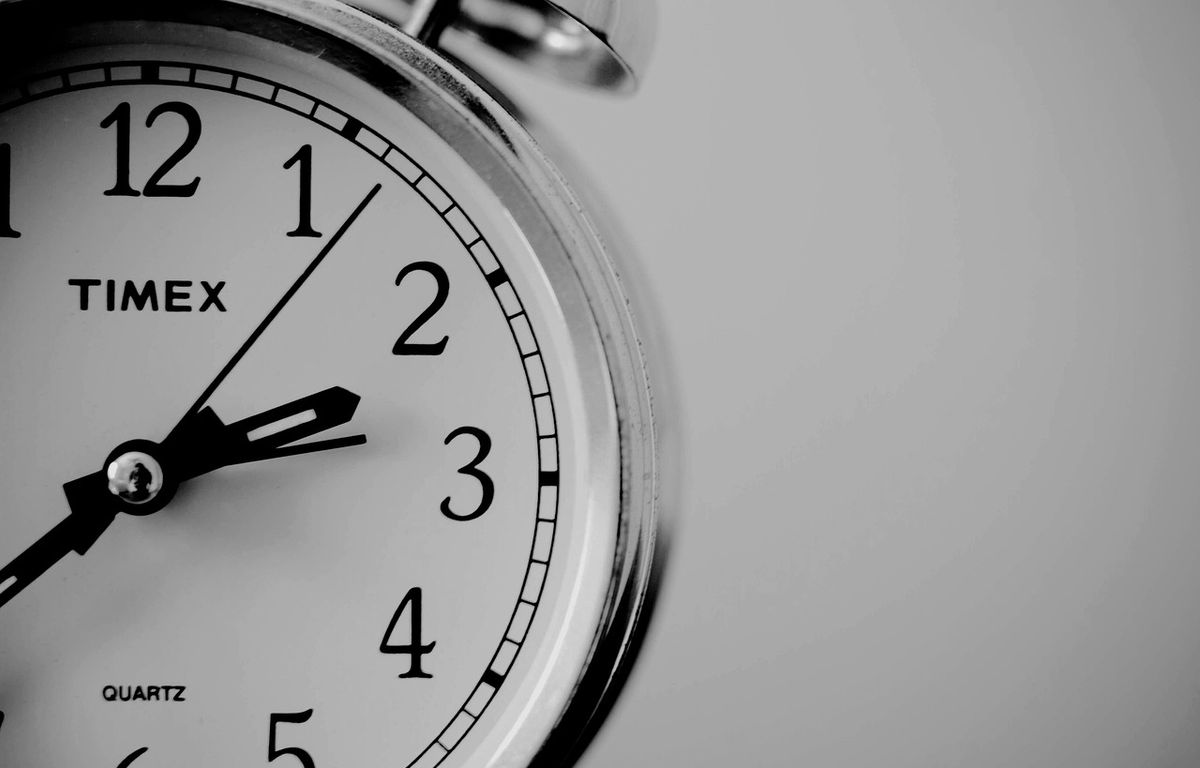The changeover to winter time will take place on the night of Saturday October 28 to Sunday October 29, 2023, at 3 a.m. We will therefore have to set our watches back an hour – and thus gain an hour of sleep. Since when have we been doing this choreography of time change in France every last weekend of October and March?
If the current system follows the first oil shock of the 1970s, the first time changes in France took place during the First World War, explains the national site Public life. The first French time change dates back to 1916.
A temporary measure still applied
In the wake of Germany and the United Kingdom, France made this choice with the aim of saving its energy resources. The time change thus remained in place until the Liberation of the country at the end of the Second World War, in 1944. Its official abandonment was formulated in a decree by the provisional government of the time, on 14 August 1945.
It was only in 1976 that mainland France returned to seasonal time change – the current system. This decision, taken in the decree of September 19, 1975, follows the oil shock of 1973-1974, according to the site Service public. As during the Great War, the objective was to save energy, in particular by reducing the need for artificial lighting in the evening.
This measure, which places summer time at UTC +2 (coordinated universal time +2) compared to winter time at UTC +1, was to be temporary, specifies Vie publique. However, it is still applied today in mainland France, even if MEPs voted for its removal in March 2019. Overseas, with the exception of Saint-Pierre-et-Miquelon, the time change is not implemented. not apply.
2023-10-27 13:47:46
#story #time #change #France

